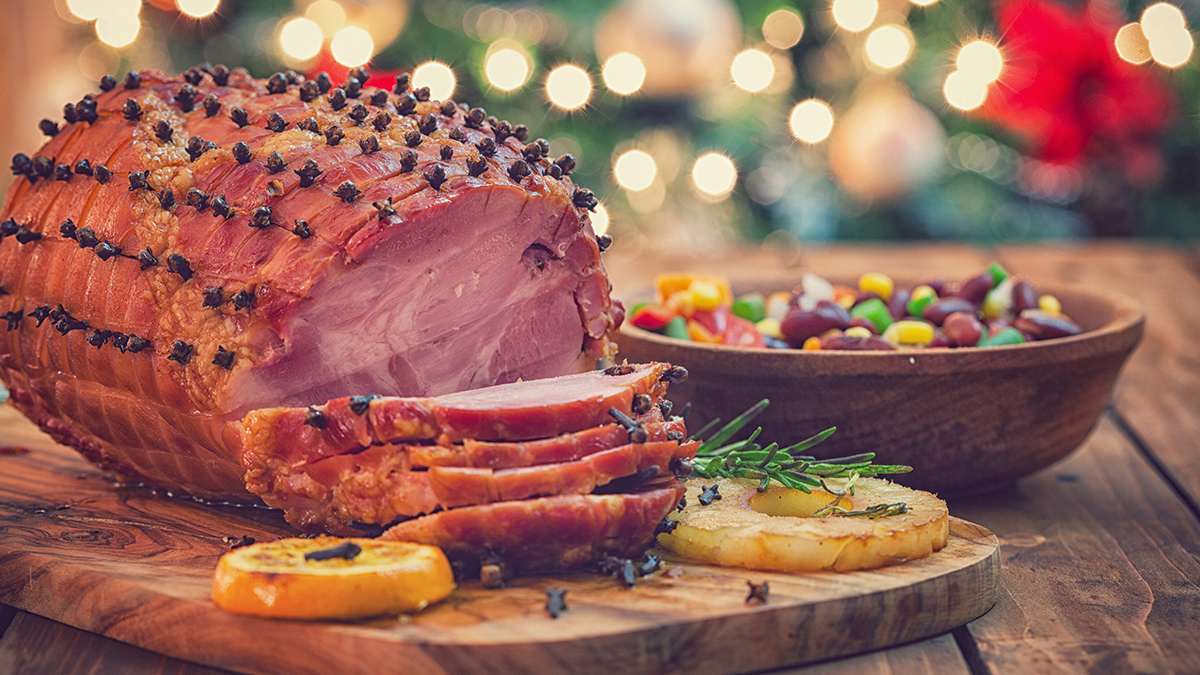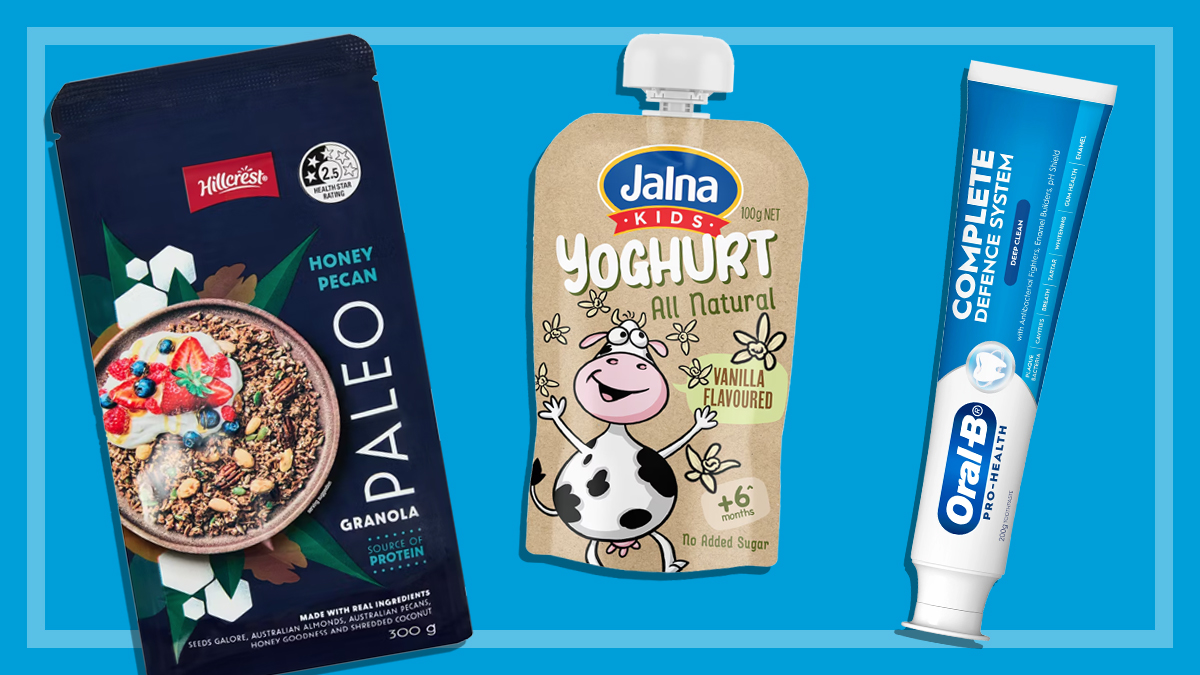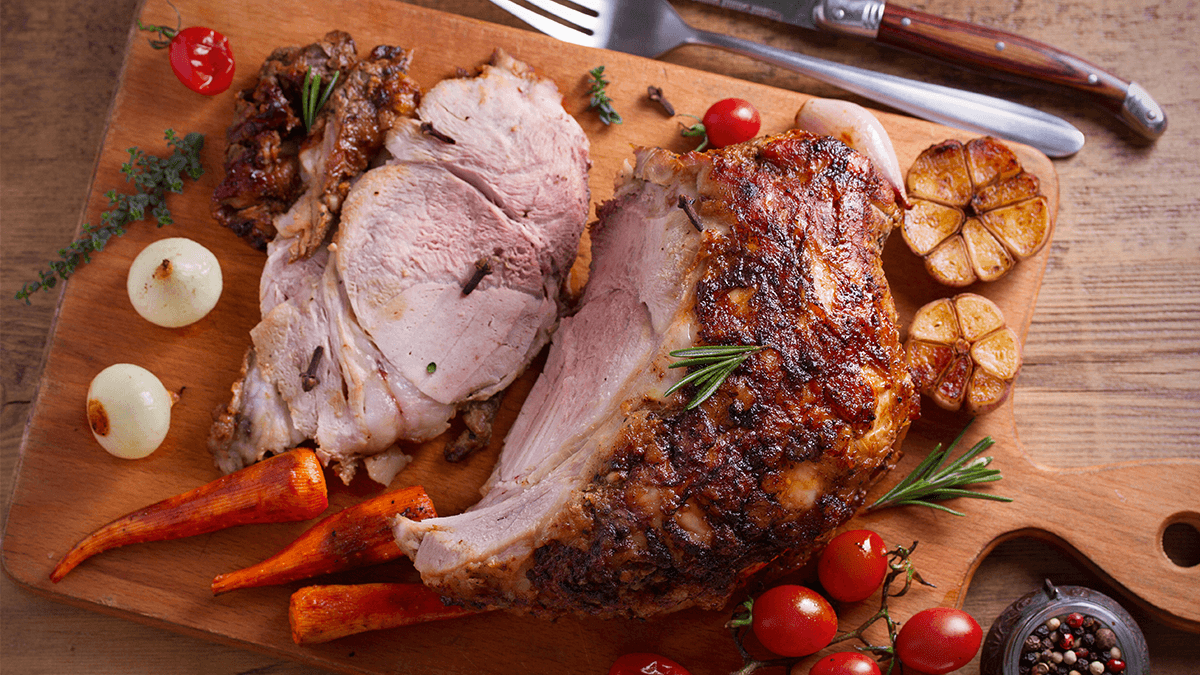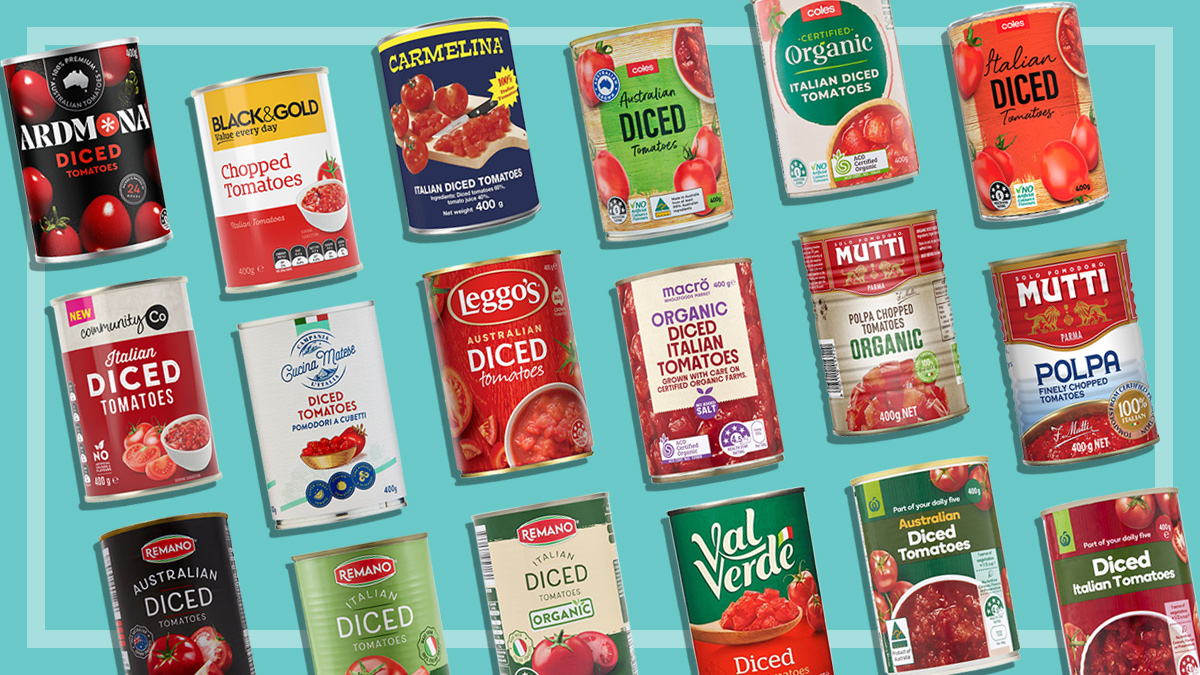Get our independent lab tests, expert reviews and honest advice.
Is plastic food packaging dangerous?
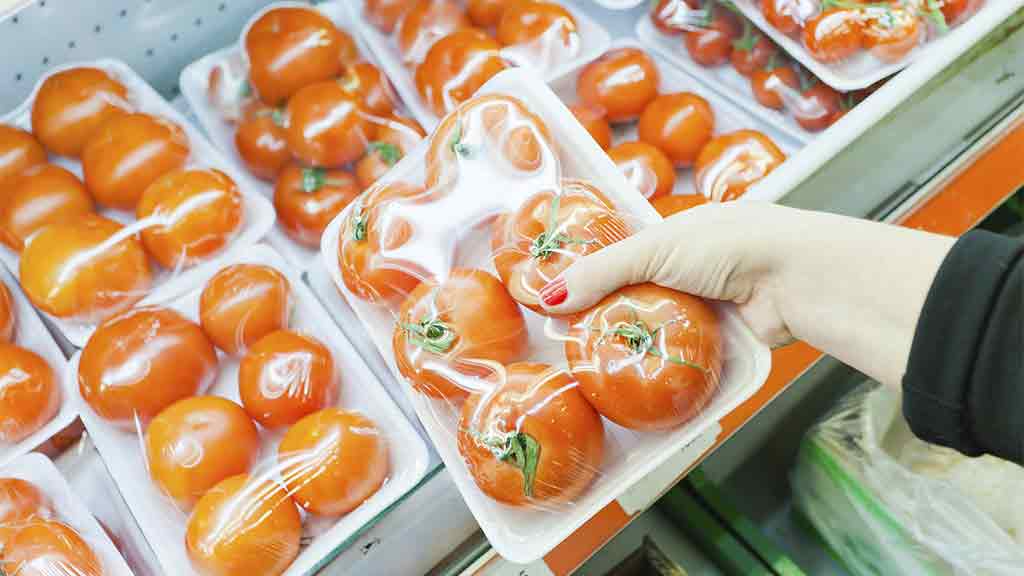
Though the risk is low, there’s growing evidence that food can be contaminated by harmful chemicals from some types of plastic. Many foods are packaged in these risky plastics – including fresh meat, gourmet cheese, and even some health foods and organic vegetables.
On this page:
The problem with plastic
Plastic as such isn’t a problem. The polymer molecules from which it’s made are far too big to move from the packaging material into the food.
But plastic can also contain much smaller molecules that are free to migrate into the food it’s in contact with. The plastic itself can slowly break down, releasing monomer, or other chemicals may be added to the plastic to give it the right mechanical properties.
Two plastics of particular concern are:
Polycarbonate
Often used to make food storage containers and bottles, and the epoxy resin used to line cans. It can release bisphenol A (BPA), a chemical that many experts now believe can cause serious health problems.
PVC
Used to make bottles, cling wrap and the seals for screw-cap jars. On its own, PVC is hard and rigid (it’s used to make drains, guttering and downpipes), so extra chemicals called plasticisers are added to make it soft and flexible – in much the same way water added to clay makes it soft. Plasticisers can make up as much as 40% of the plastic material. Phthalates and epoxidised soybean oil (ESBO) are often added as plasticisers to the PVC that’s used for food packaging. Again, recent research raises doubts about the safety of these compounds.
What’s the risk?
BPA and some phthalates are endocrine disruptors, meaning they can mimic the body’s natural hormones and thereby cause a raft of health problems.
Infants and the very young are most vulnerable to exposure because of their lower body weight and because their growth and development are strongly influenced by hormones; the effects on health can be lifelong.
These effects have been seen clearly and consistently in experiments with animals, and when people or wildlife have been accidentally exposed to high levels of endocrine disruptors.
While these compounds are undoubtedly hazardous at high levels of exposure, scientific opinion is divided over the risk from the much lower levels that we’re exposed to every day in our food.
There is, however, growing scientific evidence that even at these lower levels of exposure, phthalates and BPA may be causing problems such as infertility, obesity, breast cancer, prostate cancer, heart disease and diabetes.
BPA
BPA is rapidly eliminated from the body, but because of continuous exposure most of us have detectable levels of BPA in our body tissue.
Typical levels, however, are well below the daily upper limit of safe exposure set by the US Food and Drug Administration and the European Food Safety Authority.
But many independent scientists have expressed concern that this limit is based on experiments done in the 1980s, rather than on the hundreds of more recent animal and laboratory studies suggesting we could be at risk from much lower doses.
Such low dose effects now have enough scientific credibility for the American Medical Association (AMA) to call on the US government to enact new federal policies to decrease the public’s exposure to endocrine-disrupting chemicals. In particular, the AMA stated that, “Policy should be based on comprehensive data covering both low-level and high-level exposures.”
Not surprisingly, the plastics industry strenuously refutes these findings and continues to insist that BPA is harmless at the low levels to which we’re regularly exposed in our food. But while the evidence is far from conclusive, there’s now far too much of it to be ignored. The underlying science is sound and the potential for such effects is real.
Phthalates
Phthalates are now used in so many products they are almost impossible to avoid. A Swiss study found people who eat healthily and try to avoid chemical additives in their food are exposed to much the same levels of phthalates as those who eat junk food and don’t worry about their diet at all.
Experiments with animals have consistently shown that some phthalates can be endocrine disruptors but, as with BPA, the evidence for adverse health effects from low-level exposure to phthalates is more limited. Again, though, there’s too much of it to be ignored.
Because of its low cost, DEHP is the phthalate most often used as a plasticiser for PVC. Experts now generally agree that low level exposure to DEHP can affect reproductive development, particularly in young boys, and a US study has found a link between exposure to phthalates and increased risk of diabetes and obesity in men.
ESBO
ESBO is one of the most frequently used additives to PVC when used for containers or packaging for food. It functions as a stabiliser as well as a plasticiser. Lid seals are formed at high temperatures, which causes the PVC in the seal to partially break down and release hydrogen chloride.
ESBO reacts with the hydrogen chloride and prevents further breakdown of the plastic, but in doing so it forms compounds called chlorohydrins. Chlorohydrins make up, at most, five percent of the ESBO but they can be toxic. Chlorohydrins have been detected in foods closed in glass screw-cap jars.
Plastics codes explained
Some plastics are safer than others. Use this guide to see which ones are best avoided.
Polyethylene terephthalate (PET)
Identification code: 1
Uses:
- Bottles used for water and softdrinks
- Jars for products such as peanut butter
- Lightweight and ‘green’ wine bottles
Risks: No known health hazards
High density polyethylene (HDPE)
Identification code: 2
Uses:
- Bottles used for milk and cream
- Yoghurt cups
- Bags that line breakfast cereal packets
Risks: No known health hazards
Polyvinyl chloride (PVC)
Identification code: 3
Uses:
- Shrink and cling wrap
- Clear plastic containers for fresh fruit or takeaway sandwiches
- Some soft drink bottles
- The gaskets that form a seal on screw-cap glass jars
Risks: Contains plasticisers such as DEHA or phthalates that can leach into food.
Low density polyethylene (LDPE)
Identification code: 4
Uses:
- Take-away containers
- Waterproof coating on milk cartons
- Bags used for bread and frozen foods
- Cling wrap
Risks: No known health hazards.
Polypropylene (PP)
Identification code: 5
Uses:
- Bottle caps
- Yoghurt and margarine containers
- Food storage boxes
Risks: No known health hazards.
Polystyrene (PS)
Identification code: 6
Uses:
- Plastic cutlery
- Drinking cups and yoghurt cups
- Cups for hot coffee (polystyrene foam)
- Lightweight trays used by supermarket to package and sometimes vegetables (polystyrene foam)
Risks: Researchers have investigated possible health risks from traces of styrene monomer. This risk seems to be low.
Other plastics, including polycarbonate
Identification code: 7
Uses:
- Bottles for sauces and condiments
- Babies’ feeding bottles and infants’ drinking cups
- Reusable water bottles for cyclists and athletes
Risks: Polycarbonate can release BPA into food, especially when bottles are washed for reuse.
Plastic products to avoid
Most food and drink is packaged in containers made from plastics that seem to be harmless (see table above). Soft drinks and bottled water are usually in PET bottles, for example, while yoghurt and margarine containers are usually made from polypropylene. There’s clearly no real need for food manufacturers to use packaging or wrapping made from potentially harmful plastics like polycarbonate or PVC, but there are still far too many products in the supermarkets where the food is in contact with them.
- You can often identify the type of plastic from its identification code – unfortunately, this code is voluntary and you won’t find it on all plastic packaging. Look for the codes 1 (PET), 2 (HDPE), 4 (LDPE), 5 (PP) and 6 (PS). Whenever possible avoid the codes 3 (PVC) or 7 (a catch-all category that includes polycarbonate).
- Avoid fresh meat, fruit or vegetables wrapped in cling wrap. Most cling wrap sold for domestic use is now made from low density polyethylene (4), which seems to be safe, but supermarkets and many independent butchers and greengrocers are still wrapping meat and fresh vegetables in cling wrap made from PVC.
- Avoid reusable plastic bottles with the symbol 7 (or look for product labels that say “BPA-free”). Keep in mind that heating and washing polycarbonate bottles can increase the amount of BPA that leaches out.
- Consider cutting down on canned foods, as can linings can leach BPA directly into food.
- While some plastics such as polypropylene (often used for take-away containers) seem to be OK, as a general rule it’s probably safer to avoid using any plastic containers when cooking or reheating food in a microwave oven. Use glass containers for high-fat foods, as toxic chemicals are more likely to migrate into fatty foods at high temperatures.
What are the regulators doing?
The plastics industry has been fighting off tighter regulation. It’s a huge industry with vast resources (worldwide, it produces about 0.4 million tonnes per year of phthalates and more than two million tonnes of BPA) and independent scientists have complained about an aggressive disinformation campaign. Certainly, industry websites blatantly highlight studies that support their point of view and ignore those that don’t.
In 2008 the Productivity Commission recommended that the Australian government establish a more systematic research program to identify and deal with the risks of chemicals in consumer articles, but to date there’s been little action. Our regulators could do more to protect consumers; a lack of evidence of harm is not evidence of safety.
The use of plastics for wrapping or packaging foods is governed by the Food Standards Code, which sets a limit for the level permitted in food of highly toxic vinyl chloride monomer (10 parts per billion) yet no specific limits for BPA, DEHA or phthalates. These compounds come under a vague clause in this code that prohibits materials “likely to cause bodily harm, distress or discomfort”. Food Standards Australia New Zealand (FSANZ), our food regulator, maintains that BPA and phthalates pose no significant health risks at the low levels found in food.
Consumers in Europe and North America are better protected.
BPA
Canada, the European Union and some states of the US have phased-out the use of BPA in some products. In the US at the federal level, the FDA is taking steps to reduce human exposure to BPA in the food supply. These steps include:
- supporting the industry’s actions to stop producing BPA-containing baby bottles and infant feeding cups for the US market
- facilitating the development of alternatives to BPA for the linings of infant formula cans
- supporting efforts to replace BPA or minimise BPA levels in other food can linings.
In Australia, nothing has been done other than the introduction of a purely voluntary phase-out by major retailers of polycarbonate plastic baby bottles containing BPA.
Phthalates
The European Union began to take action on phthalates in 1999. As a result six phthalates (including DEHP) have been banned in toys and other children’s products at levels greater than 0.1%. The EU has also restricted the use of these phthalates in food contact applications. Since 2008 the US has banned DEHP and other phthalates at levels greater than 0.1% in toys and childcare articles.
In Australia, the National Industrial Chemicals Notification and Assessment Scheme (NICNAS) reported on DEHP in 2010 and recommended action. DEHP is now banned from toys and childcare articles, but only at levels exceeding one per cent – a limit 10 times higher than in the US and the EU.
ESBO
While there’s no evidence that ESBO itself is harmful, an expert committee appointed by the European Union (EU) to review the evidence about ESBO concluded that “in the absence of adequate analytical and toxicological data on ESBO derivatives, no advice can yet be given on the significance for health of such derivatives in foods”.
In other words, we can’t be sure that our health is not being put at risk from the use of ESBO.

